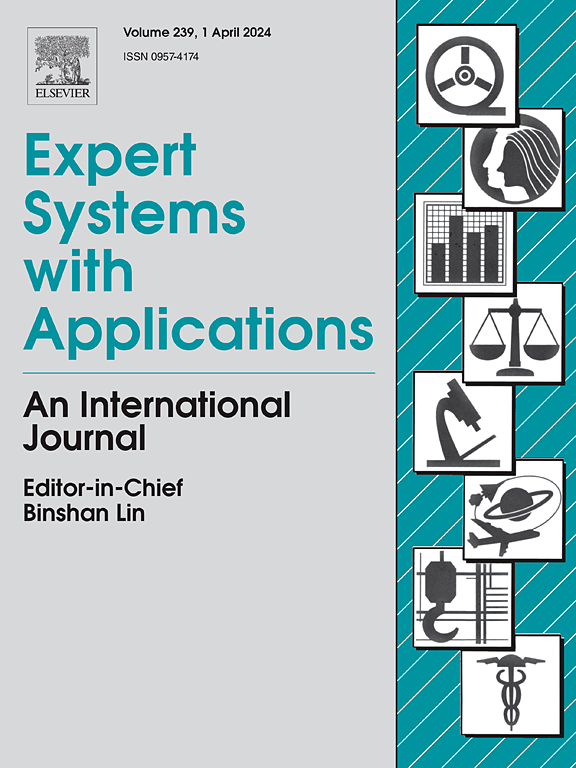Random image masking and in-batch feature mixing for self-supervised learning
IF 7.5
1区 计算机科学
Q1 COMPUTER SCIENCE, ARTIFICIAL INTELLIGENCE
引用次数: 0
Abstract
Contrastive learning has already had a significant impact in the field of self-supervised learning. The contrast of positive and negative samples is critical for contrastive learning. Recently, a revolutionary breakthrough has revealed that it is possible to learn meaningful representations without the need of negative samples. Nevertheless, using two randomly augmented views of the same instance as positive samples inevitably leads to its limitations. The design of positive samples becomes critically important and often necessitates domain-specific expertise. These methods invariably emphasize maximizing the similarity between two views, with a focus on global information invariance: different views of the same image yield approximately similar representations after encoding. Hence, we propose a novel methodology aimed at generating more intricate positive instances at both the image and feature level, termed random image masking and in-batch feature mixing. The former introduces local information loss through random masking of images, compelling the model to learn generalizable representations that focus on local information. The latter generates virtual positive samples by mixing samples within the batch in feature space, breaking free from the limitations of traditional data augmentation. We validate the superiority of our proposed method through experiments on several public datasets, the proposed method significantly enhances the self-supervised learning performance for downstream tasks, particularly in classification and object detection tasks.
基于自监督学习的随机图像掩蔽和批量特征混合
对比学习已经在自我监督学习领域产生了重要的影响。正样本和负样本的对比对对比学习至关重要。最近,一项革命性的突破表明,不需要负样本就可以学习有意义的表示。然而,使用同一实例的两个随机增强视图作为阳性样本不可避免地会导致其局限性。阳性样本的设计变得至关重要,通常需要特定领域的专业知识。这些方法总是强调最大化两个视图之间的相似性,重点是全局信息不变性:同一图像的不同视图在编码后产生近似相似的表示。因此,我们提出了一种新的方法,旨在在图像和特征级别生成更复杂的正实例,称为随机图像掩蔽和批量特征混合。前者通过图像的随机屏蔽引入了局部信息损失,迫使模型学习专注于局部信息的可泛化表示。后者通过在特征空间中混合批内样本生成虚拟正样本,突破了传统数据增强的局限性。通过在多个公共数据集上的实验验证了本文方法的优越性,该方法显著提高了下游任务的自监督学习性能,特别是在分类和目标检测任务中。
本文章由计算机程序翻译,如有差异,请以英文原文为准。
求助全文
约1分钟内获得全文
求助全文
来源期刊

Expert Systems with Applications
工程技术-工程:电子与电气
CiteScore
13.80
自引率
10.60%
发文量
2045
审稿时长
8.7 months
期刊介绍:
Expert Systems With Applications is an international journal dedicated to the exchange of information on expert and intelligent systems used globally in industry, government, and universities. The journal emphasizes original papers covering the design, development, testing, implementation, and management of these systems, offering practical guidelines. It spans various sectors such as finance, engineering, marketing, law, project management, information management, medicine, and more. The journal also welcomes papers on multi-agent systems, knowledge management, neural networks, knowledge discovery, data mining, and other related areas, excluding applications to military/defense systems.
 求助内容:
求助内容: 应助结果提醒方式:
应助结果提醒方式:


